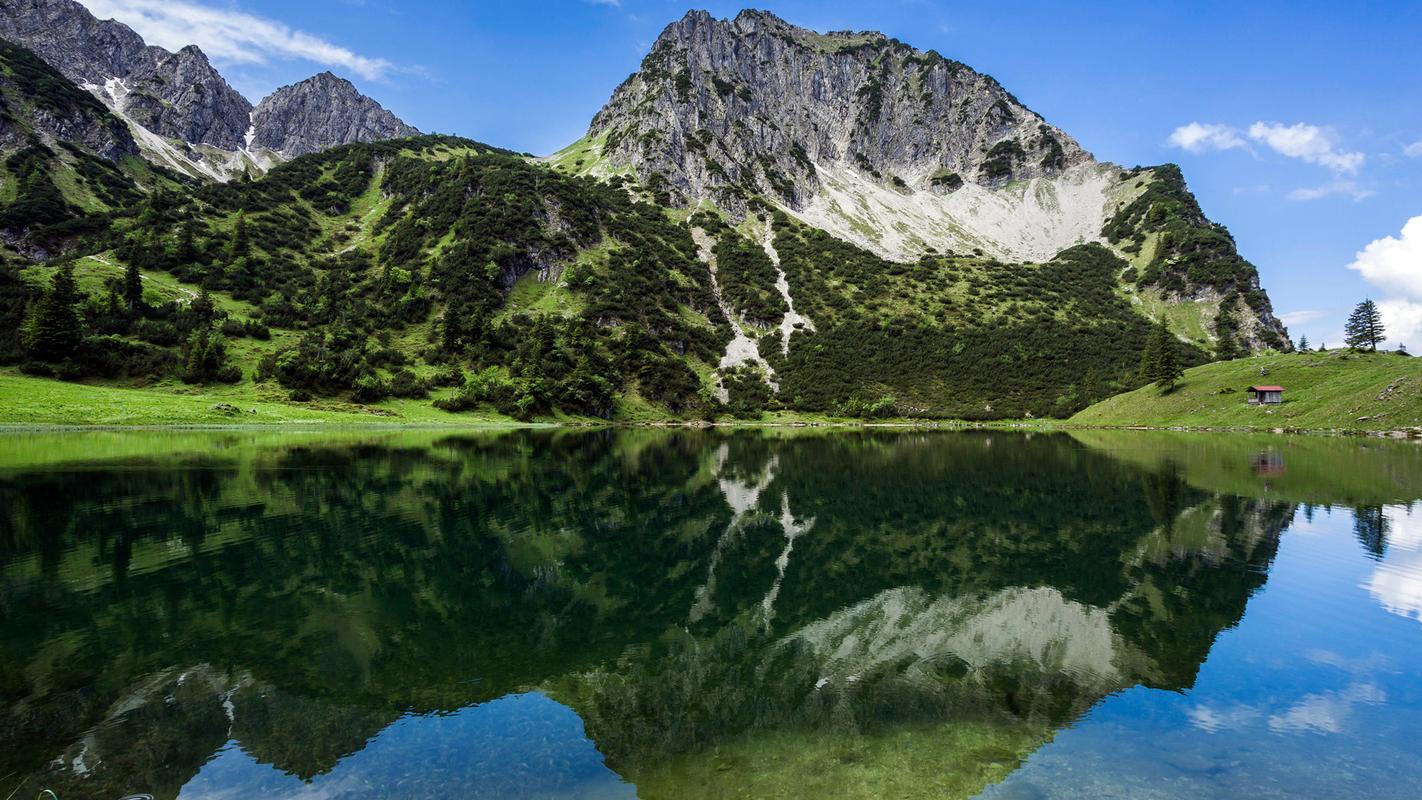Cultural heritage preservation is a vital component in ensuring the health of the earth. It encompasses the protection and safeguarding of tangible and intangible elements of cultural significance, including landmarks, artifacts, languages, and practices. While often viewed as conflicts between development and conservation, it’s important to acknowledge the significance of cultural heritage preservation and how it can contribute to sustainable development.
Here are some reasons why cultural heritage preservation is crucial for the health of the earth:
1. Promotes Cultural Diversity: Cultural heritage preservation provides an opportunity for diverse cultures to thrive, preventing the loss of identity and diversity. This, in turn, fosters tolerance, understanding, and respect for different cultures, promoting peace and social stability.
2. Environmental Conservation: Cultural heritage sites, such as natural landmarks, provide habitats for diverse plant and animal species. Protecting cultural heritage sites can help prevent the extinction of species and contribute to the overall health of natural ecosystems.
3. Enhances Economic Growth: Cultural heritage preservation can support the creation of jobs and drive tourism, which can generate income and help support local economies. It can also facilitate the growth of small and medium-sized enterprises that provide goods and services within the tourism sector.
4. Preserves our Collective Memory: Cultural heritage sites and artifacts serve as a link to our past, providing insight into our ancestors’ way of life. Preserving cultural heritage helps to safeguard our collective history, and, in turn, improves our understanding of who we are as human beings.
To illustrate the importance of cultural heritage preservation, let’s consider the case of the Great Barrier Reef in Australia. The Great Barrier Reef is the world’s largest coral reef system, extending over 2,300 kilometers and home to thousands of species of marine life. However, factors such as climate change and human activity, including pollution and overfishing, threaten the reef’s health and biodiversity.
The Great Barrier Reef is also a significant cultural heritage site for Indigenous Australians, who have a long and deep relationship with the reef. Aboriginal and Torres Strait Islander people hold traditional ecological knowledge that has been passed down from generation to generation and highlights the reef’s ecological and cultural significance.
Preserving the Great Barrier Reef not only protects one of the world’s most fragile ecosystems, but it also recognizes the cultural heritage of Indigenous Australians and ensures their traditional ecological knowledge and practices are passed down to future generations.
In conclusion, cultural heritage preservation is crucial for the health of the earth. It fosters cultural diversity, promotes environmental conservation, enhances economic growth, and preserves our collective memory. As responsible stewards of the earth, we must recognize and appreciate the significance of cultural heritage preservation, and work towards sustainable development that takes cultural heritage into account.
(Note: Do you have knowledge or insights to share? Unlock new opportunities and expand your reach by joining our authors team. Click Registration to join us and share your expertise with our readers.)
Speech tips:
Please note that any statements involving politics will not be approved.
